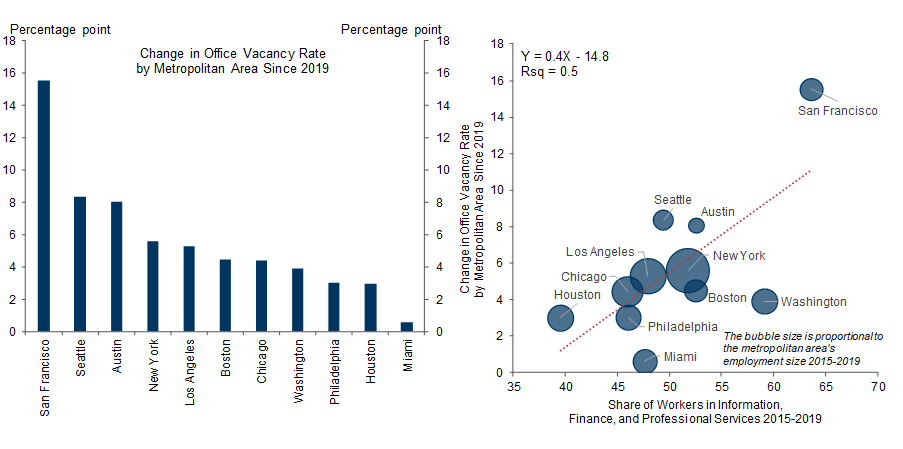Co-Founder of Superhog
Leo Walton
In a move that’s got everyone in the hospitality world talking this week, Marriott and Sonder have signed a 20-year strategic licensing agreement.
This partnership is not just a lifeline for Sonder. It’s a gigantic one. Most importantly, it’s a savvy expansion play for Marriott in the increasingly volatile urban short-term rental (STR) market.
As cities around the globe tighten the reins on STRs, Marriott’s deal with Sonder is a clear signal that they’re not just sitting on the sidelines, they’re interested and alive to the risks and opportunities of the urban space.
Read more about regulations:
- New rules for holiday lets in the UK
- San Diego short term rentals law
- Denver Airbnb rules
- Barcelona (coming soon)
Sonder, with its knack for scaling operations and obtaining the licenses often needed to sidestep urban regulations, is just the partner Marriott needs. Especially since smaller hosts repeatedly get bogged down by all the red tape.
Marriott has already dipped a toe in the STR pool with their Homes and Villas Platform, but they’ve found the lack of property standardization and quality control a real challenge; enter Sonder, with its “rinse-repeat” serviced apartment model that’s easy to understand and even easier for Marriott to recommend to its Bonvoy members. And now, HUB and Bridges submit plans for London co-living scheme. Bam!
And while Sonder can’t really be considered STR in the purest form anymore, its listings appeal to the same kind of guests and appear alongside STRs on the OTAs.
The office-to-accommodation trend is on
But first, some facts from the Goldman Sachs report:
- There are 5.9 million commercial buildings in the US
- Goldman Sachs estimates that around 4% of U.S. office buildings may no longer be viable
- These buildings were most likely constructed over 30 years ago
- They have not undergone renovations since before 2000
- They are currently experiencing vacancy rates above 30%

Urban regulation paired with the global downturn in office space usage, has opened up a potential goldmine of opportunities for well-backed STR and serviced apartment players.
Those big, empty office buildings in prime city spots – located in areas, where locals aren’t exactly clamoring to live – are getting a makeover and turning into accommodation.
For companies with the right scale and understanding, this represents an exciting new opportunity.
Of course, converting office buildings into apartments isn’t exactly a walk in the park. It’s a job for the big players who can handle the hefty price tags and complicated processes.
The USD$525,000,000 joint venture between Bob W and Osbourne & Co from earlier this summer makes a lot of sense when viewed through this lens.
It is particularly advantageous because it’s future-proofed against potential regulatory or political challenges.
Missing out on opportunities isn’t the only thing bothering hosts and PMs around the globe. Learn more about the global challenges in STR.

While serviced apartment and STR businesses aren’t the only players in this market—many of these buildings are being transformed into hotels—converting them into serviced apartments is often quicker and cheaper than the hotel route, especially in cities where trendy local eateries and bars outshine hotel dining options.
Sonder’s business model makes them the perfect fit for this type of strategic opportunity, and so with this deal and the Homes & Villas platform, it feels as if Marriott have their bases covered in urban areas.
As Richard Vaughton will tell you, the deal also helps Marriott’s promised growth targets to its shareholders, with little risk to them if Sonder fails.
For Sonder, this partnership suggests that if you can ride the tiger for long enough, your luck can change.
After facing several high-profile challenges, including a NASDAQ delisting, layoffs, and strategic pivots, Sonder’s scale and expertise in building operations and licensing have made them an ideal partner for Marriott.
The $146 million cash injection provides much-needed breathing space, allowing them to manage their burn rate issue and regain momentum as they continue to scale.
Read whether it’s still worth investing in vacation rentals and how to invest in vacation rentals the right way.
Where’s this taking us?
This whole situation raises some big questions for the urban STR industry.
Are we seeing the beginning of the end for the classic host who rents out their apartment while they’re on holiday, the kind of host that brings so much personality and charm to the industry?
And what about the smaller managers with a handful of listings, who go the extra mile with touches like fresh bread and personalized recommendations?
As my GMH co-host Sarah Dupre has said, losing these types of hosts and properties would make the STR world a much less interesting one for guests.

And a word on urban policymakers: by cracking down aggressively on hosts, they might just be pushing guests into the arms of the big corporations, squeezing out local entrepreneurs and innovation in the process, not to mention this approach doesn’t solve the perceived overtourism problem that’s driving some of the desire for regulation in the first place, it just changes who owns the properties that guests will be able to book.
As Dave Goodfellow, CEO and founder of Noki Stays in Chester, pointed out to me this week, hosts must work with local governments.
If we can ensure that regulations are fair and reasonable, we can stop global companies from cornering the market and help policymakers understand that STRs are a vital part of a city’s accommodation mix.

